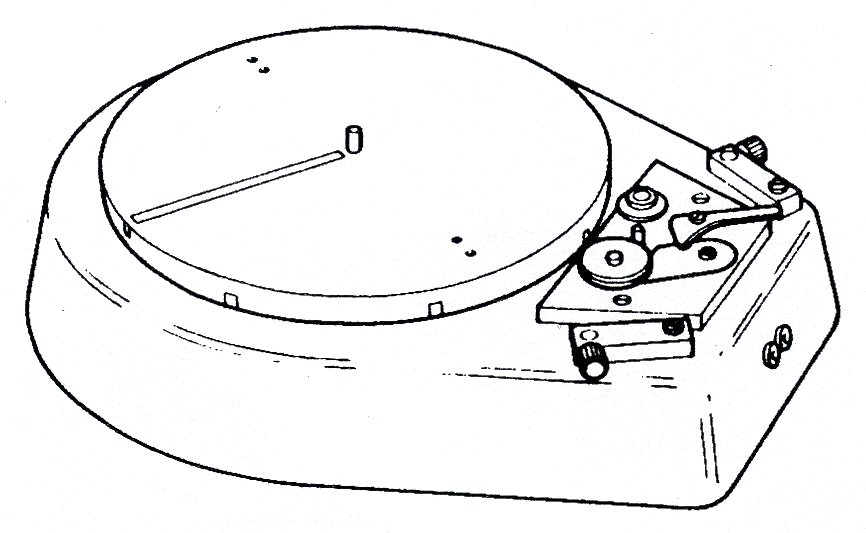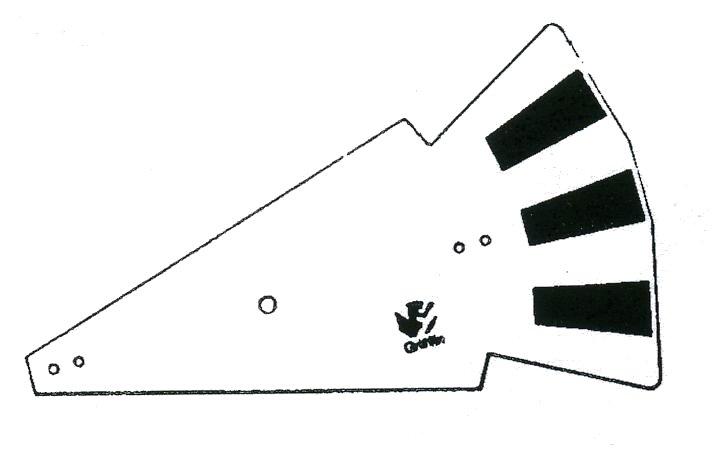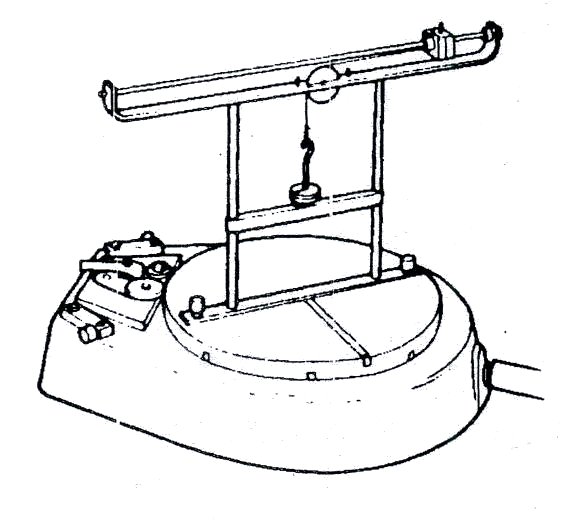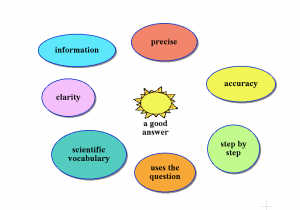The cloud chamber has played a massive role in particle physics. Saturated alcohol vapour in a container allows us to display the path of a particle, such as a muon, as it passes through the chamber. The video below shows the kind of trails that a cloud chamber will produce.
Cloud chamber from momo on Vimeo
I’m posting about the cloud chamber after reading an article in Scotland on Sunday about its inventor, CTR Wilson – winner of the 1927 Nobel Prize for Physics. I didn’t know Wilson was Scottish and I didn’t know that his research was inspired by the cloud observations he performed while posted to the Highlands, Ben Nevis to be precise.
He’s not the only particle physicist to have found inspiration in our back yard. Peter Higgs, of Higgs boson fame, came up with his theory to explain the source of mass during a Highland holiday.






